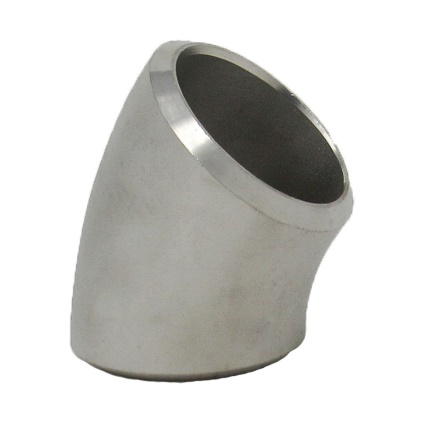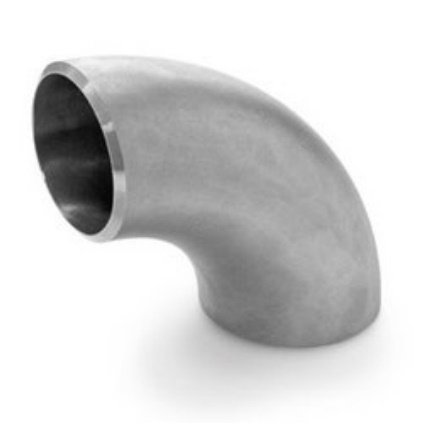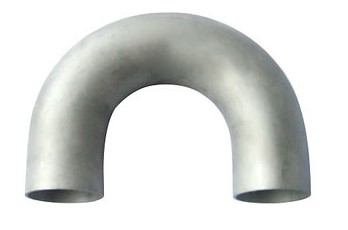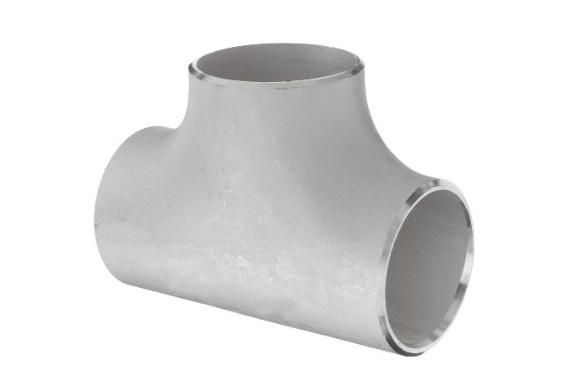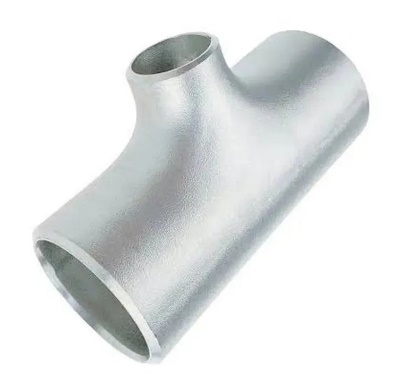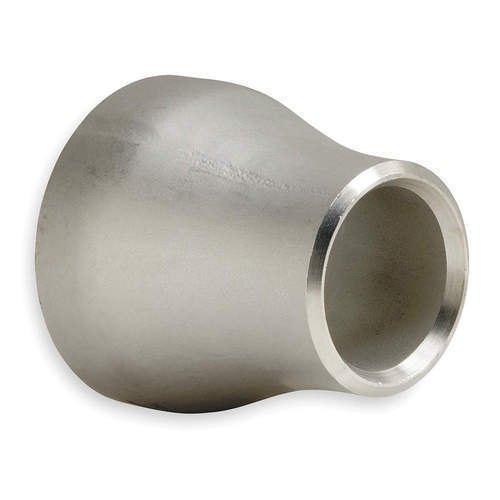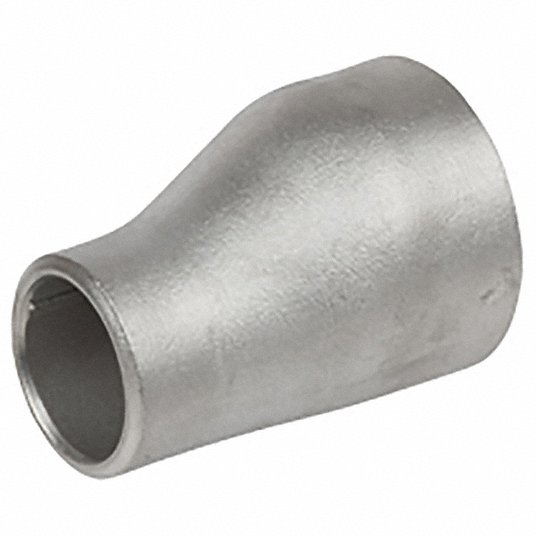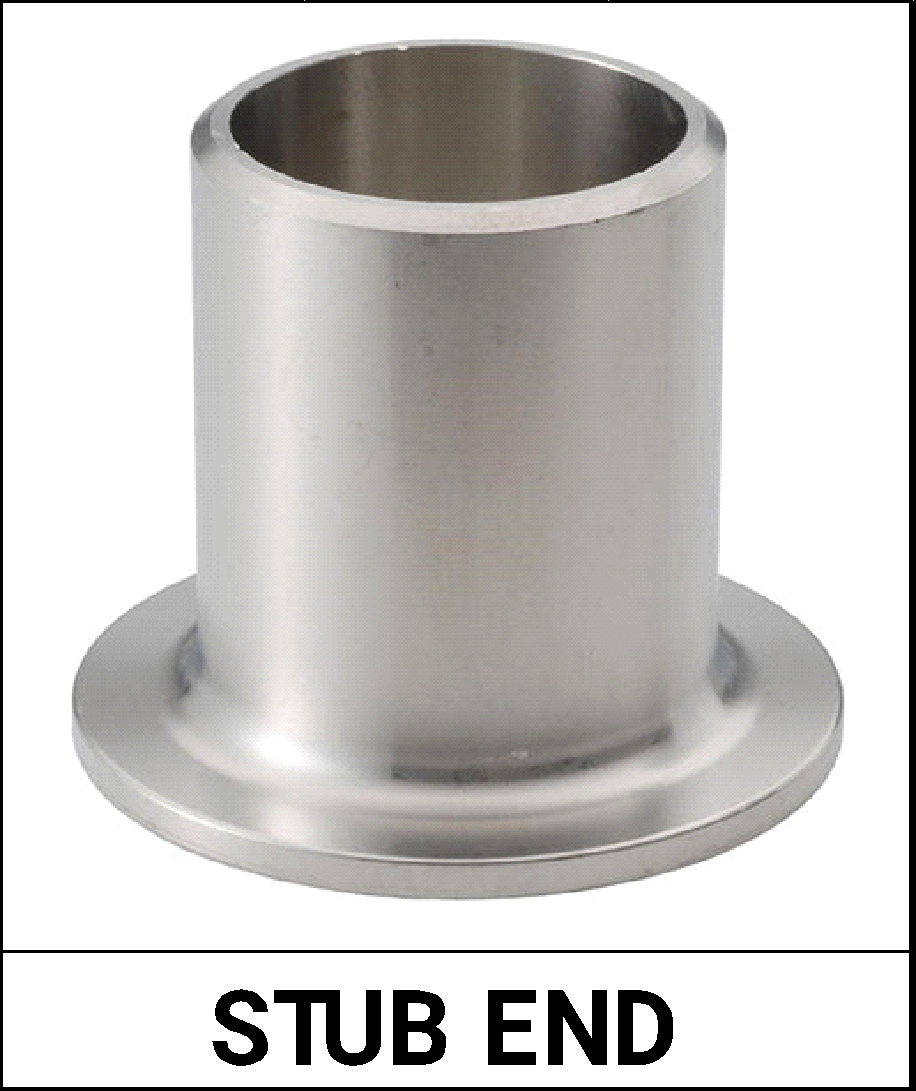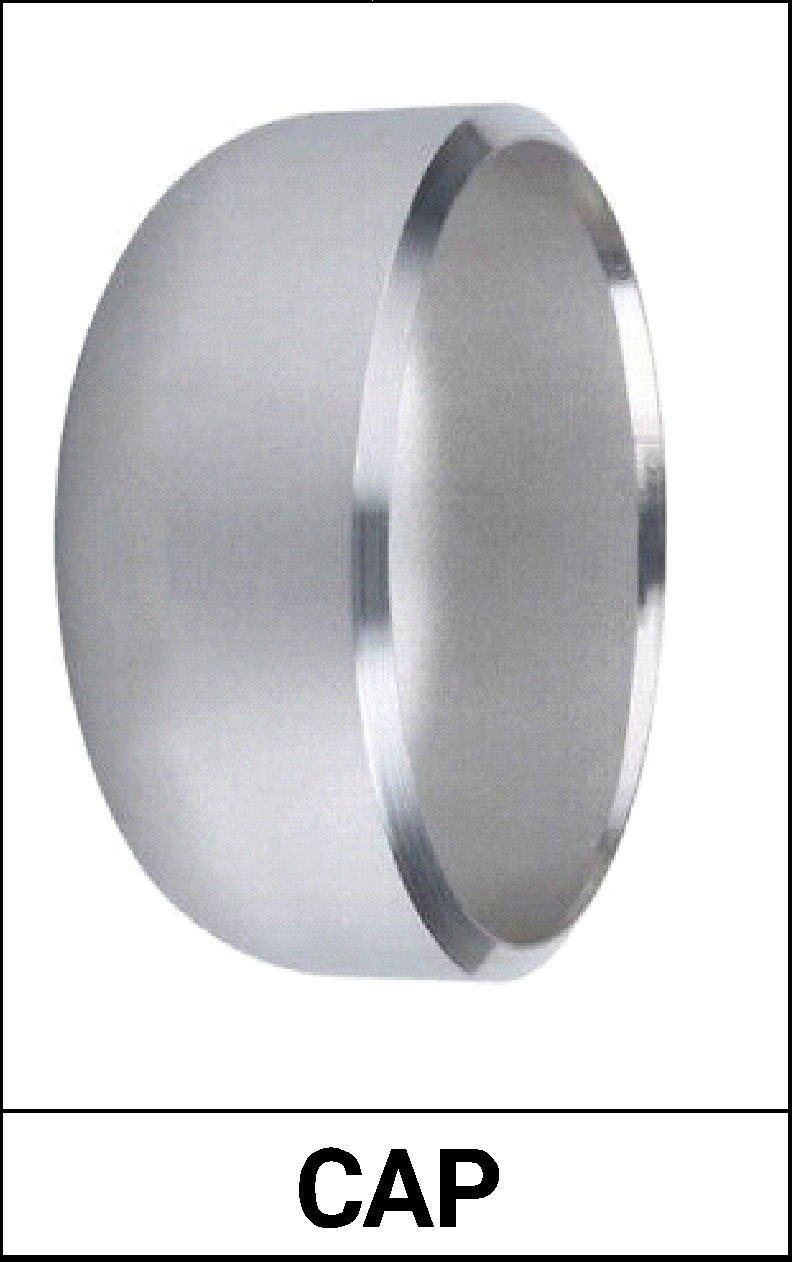Buttweld Fittings
Our Product
Buttweld Fittings
Crafted from premium materials, our buttweld fittings provide a seamless and robust connection for your piping systems. Available in a variety of types, including elbows, tees, reducers, caps, and stub ends, these fittings are suitable for high-pressure and high-temperature applications. The precision welding process ensures a secure, leak-proof joint, promoting smooth flow and reducing turbulence in your pipelines. Ideal for industries such as oil and gas, chemical processing, power generation, and shipbuilding, our buttweld fittings are synonymous with durability and reliability.
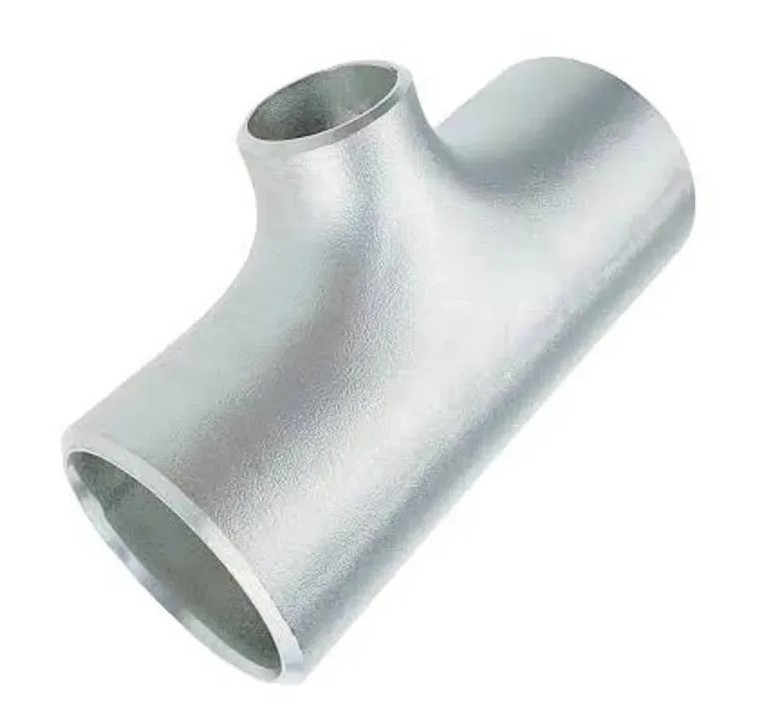
SIZES & DIMENSIONS
-
Buttweld Fittings:
- Overview: Buttweld fittings come in a variety of sizes and thicknesses to suit different piping systems.
-
Sizes:
- Nominal Pipe Sizes (NPS): Buttweld fittings are available in sizes ranging from 1/2 inch to 72 inches (NB 15 to NB 1800). Common sizes include various NPS options for versatile piping needs.
-
Thicknesses:
- Determined by Schedule (SCH): The thickness of buttweld fittings is based on the pipe's schedule, which indicates the wall thickness.
-
Schedule Variations: Each schedule has a different wall
thickness, impacting the pressure rating and strength of the fitting. For instance:
- Schedule 40: Standard wall thickness.
- Schedule 80: Thicker wall for higher pressure applications.
MANUFACTURING PROCESS
-
Buttweld Pipe Fittings:
- Raw Material Selection: The process starts with the selection of high-quality seamless or welded pipes, chosen for their strength, durability, and compatibility with the final fitting’s purpose. Seamless pipes provide a uniform structure, while welded pipes are more cost-effective for certain applications.
- Cutting and Beveling: Pipes are precisely cut to the required lengths, followed by beveling to create smooth, angled edges. Beveling prepares the pipes for easy welding and ensures a strong, clean joint between pipes, crucial for maintaining system integrity and preventing leaks.
- Shaping and Fitting: The pipes are shaped or bent to form various fitting shapes such as elbows, tees, and reducers. Bending machines or threading tools are used depending on the fitting type, creating the precise shape needed for smooth, continuous flow within the piping system.
- Welding: Using high heat and pressure, the shaped pipes are welded to form a seamless joint. Skilled welders ensure that the welds are uniform and strong, contributing to the durability and pressure resistance of the fitting in high-stress applications.
- Polishing and Marking: After welding, the fittings are polished to provide a smooth finish, which reduces the risk of corrosion and improves overall appearance. They are then marked with relevant information, such as size, material grade, and manufacturer details, for traceability and compliance.
- Quality Checks: A thorough inspection is conducted to detect any defects in the welds or material. Non-destructive testing methods, such as ultrasonic or radiographic testing, may be used to ensure that each fitting meets quality and safety standards before it is approved for use.
-
Buttweld Pressed Fittings:
- Raw Material: High-quality raw material plates are selected and then cut symmetrically into one or two pieces, depending on the fitting design. This step ensures uniformity and symmetry, which is essential for balanced strength and alignment in the final product.
- Press Forming: The raw material pieces are press-formed using hydraulic presses to create the basic shape of the fitting. This forming process allows for efficient production of large-sized fittings, reducing material waste and ensuring consistency in shape and dimensions.
- Welding: The two halves of the fitting are aligned and welded together along the seam, forming a solid, leak-proof structure. This weld is carefully monitored for consistency, ensuring that the fitting can withstand high pressures and maintain a smooth internal surface.
- Finishing Steps: After welding, the fitting goes through additional steps to achieve the final product. These include trimming excess material, machine beveling for precise edges, bead blasting for a uniform surface, and stenciling with identifying marks. These steps ensure that the fitting meets both aesthetic and functional standards.
- Types Produced: Pressed fittings can include a range of shapes such as tees, concentric reducers, eccentric reducers, and elbows. Each type serves a specific function in piping systems, allowing flexibility in design and application.
- Advantages: Pressed fittings are particularly efficient for large-sized applications, as they are both cost-effective and easy to manufacture. The smooth inner surfaces reduce pressure losses and improve flow efficiency, making them ideal for industries where maintaining consistent flow rates and minimizing energy loss are important.
Request Our Catalogue
Know More About Buttweld Fittings
